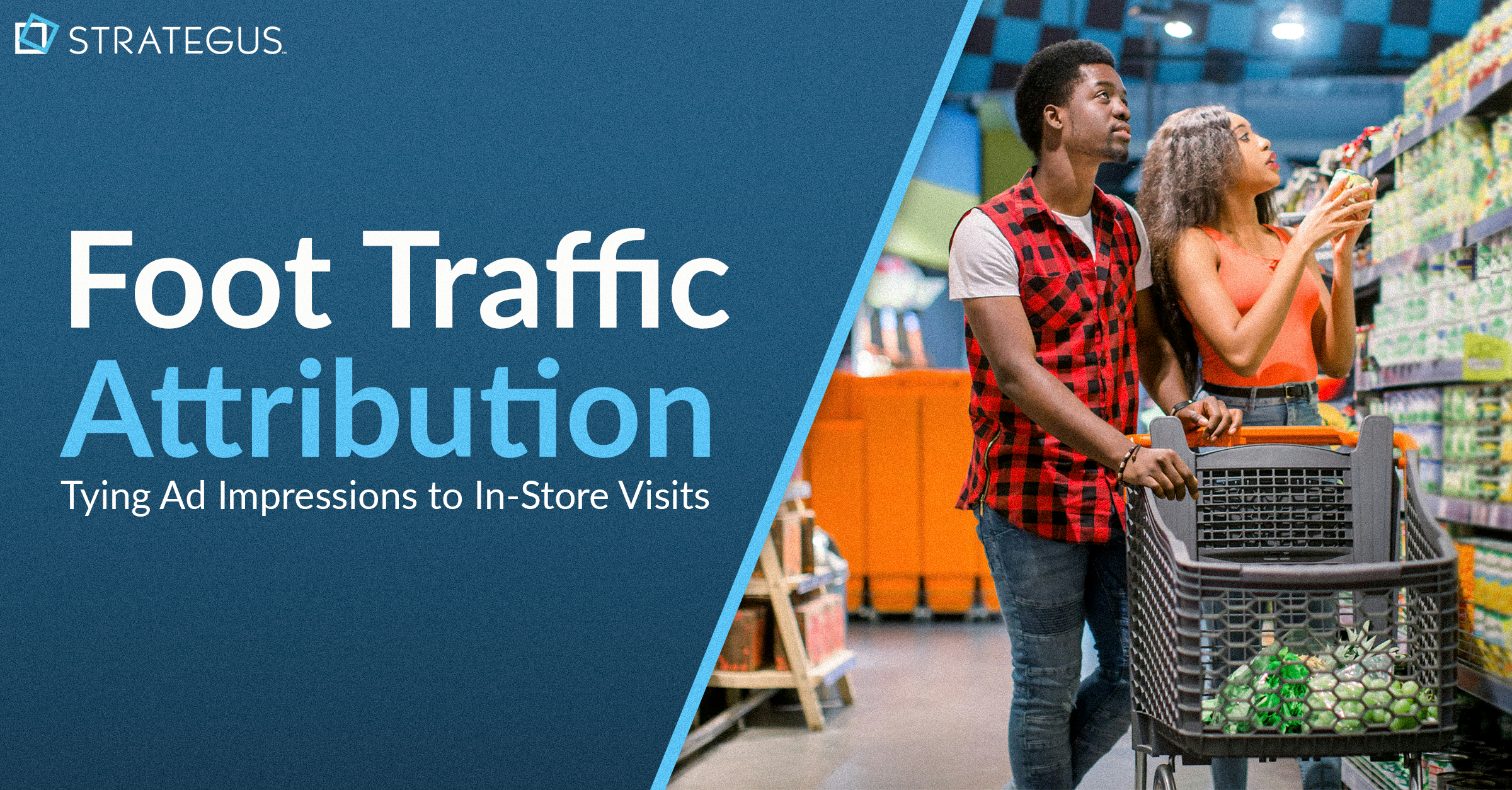- Home
- Strategus Blog
- Programmatic Connected Television (CTV)
Programmatic Connected Television (CTV)
 Andy Dixon
Andy Dixon
3 minutes read

In the modern advertising landscape, many companies now have to choose between going with linear (traditional) TVs versus connected TVs (CTVs). CTVs are televisions that are connected to the internet. People primarily use CTVs in order to use streaming services like Netflix, Hulu, Disney+, and Peacock.
In recent years, the amount of advertising done on CTVs has been on the rise. But even though CTV use is increasing in addition to CTV advertising, many companies have still been reluctant to switch to CTV advertising.
3 Companies Predicting A Major Shift to CTV Advertising
Although many companies are lagging behind the CTV advertising trend, some companies predict that the switch to CTV advertising will be a lot faster and a lot more potent than many people might have thought.
In fact, Volkswagen of America, Anheuser-Busch InBev, and Colgate-Palmolive all recently predicted at Advertising Week in New York City that the majority of TV ad spend will occur programmatically via Connected TV within the next three years.
In other words, some of the top companies in the world are saying that programmatic CTV advertising is not only a good advertising option but that it will soon replace linear TV as the dominant advertising platform in the TV space. This is a significant paradigm shift because linear TV advertising has been the dominant ad platform in the TV space for decades.
Justification for These Predictions
Speaking about the switch to programmatic CTV advertising in the next three years, Kimberly Gardiner, Senior VP of Marketing at Volkswagen said, “The pressure for us to be profitable has never been greater. So we have to put our dollar where we know the audience will be (…) with digital video, you can test, learn and iterate (your campaigns in real-time).”
Jeff Giachetti, the programmatic media lead of North America at Colgate-Palmolive company, said that adding CTV advertising helped Colgate get 58% more reach or an additional 20 million households.
Advertising leaders from all three companies agreed that using programmatic CTV advertising helped boost incremental reach, increase control over ad frequency, and improve agility.
Paolo Provinciali, the head of U.S. media at Anheuser-Busch said, “When it comes to CTV, it becomes very interesting because any data-enabled channel is now going to give you the chance of understanding how your buys perform and how consumer people are reacting both in terms of KPI and signals, but also now with CTV, you have creative that allows you to interact with your audience”. So, you can build a holistic and consumer-centric experience.
Moving Into A New Era for TV Advertising
It seems that Gardiner, Giachetti, and Provinciali are all convinced that programmatic CTV advertising is the best way to go. A strong selling point is that an incredible amount of real-time data can be collected throughout the advertising process with programmatic CTV advertising.
Data is like gold for advertisers! So, seeing the data in real-time and making adjustments to campaign strategies can help advertisers have greater flexibility and control over their ad strategies. This allows for better advertising efficiency and higher ROI.
Anheuser-Busch, Colgate Palmolive, and Volkswagen of America all appear to have become completely convinced by programmatic CTV advertising. So, it is likely that all three companies will switch wholly to this advertising method within the next couple of years.
However, many companies will likely take a hybrid approach, using traditional linear TV and CTV programmatic advertising methods together for a few years. If it becomes clear that CTV programmatic advertising is generating better returns, then many companies will likely start scaling back their linear TV advertising. Eventually, many companies will most likely switch entirely to CTV programmatic advertising, just as Volkswagen, Anheuser-Busch, and Colgate-Palmolive predict.
It is not just the greater flexibility, data benefits, and higher ROI leading companies towards CTV programmatic advertising; it is also consumer preference. As a result, more and more people are getting CTV. In fact, over 80% of U.S. households now have at least 1 connected TV. For perspective, in 2010, only 24% of U.S. households had a CTV. So, the trend of switching has been growing steadily over the last decade, and it is showing no sign of slowing down.
Therefore, between higher ROI for companies and growing consumer preference for CTVs, connected TV programmatic advertising is only going to increase in the near future, and if like Anheuser-Busch, Colgate Palmolive, and Volkswagen of America, you want to launch your next Ad campaign via this medium, contact us to today for a free consultation.
Contact us today to learn more about programmatic connected television (CTV) and how it can have a positive impact on your advertising efforts.

Andy Dixon is a seasoned Content Writing Specialist at Strategus, renowned for his expertise in creating engaging and impactful digital content. With over a decade of experience in content creation, Andy has honed his skills in a variety of niches, ranging from technology and marketing to education.
Strategus is a managed services connected TV(CTV) advertising agency with over 60,000+ campaigns delivered. Find out how our experts can extend your team and drive the result that matter most.
Talk to an Expert
Seeking a Custom CTV Strategy That Delivers?
What to read next

Third-Party Data Targeting for CTV: Benefits & Tactics
Third-party data. It’s a term that’s thrown around, and yet few take the time to detail its pros and cons — much less strategies for using...
7 minutes read

First-Party Data Targeting: Benefits and Tactics for CTV Advertising
First-party data is the information that companies collect directly from their customers rather than through intermediaries. Advertisers use this...
10 minutes read

Foot-Traffic Attribution: Tying Ad Impressions to In-Store Visits
The marketing funnel has changed. Today’s shoppers often begin researching products from the comfort of their homes and don’t set foot into a store...
8 minutes read

CTV Attribution: What It Is and How It Works
Connected TV (CTV) viewing is on the rise — and that’s good news for marketers. Not only can CTV ads be precisely targeted to individual households,...
9 minutes read















